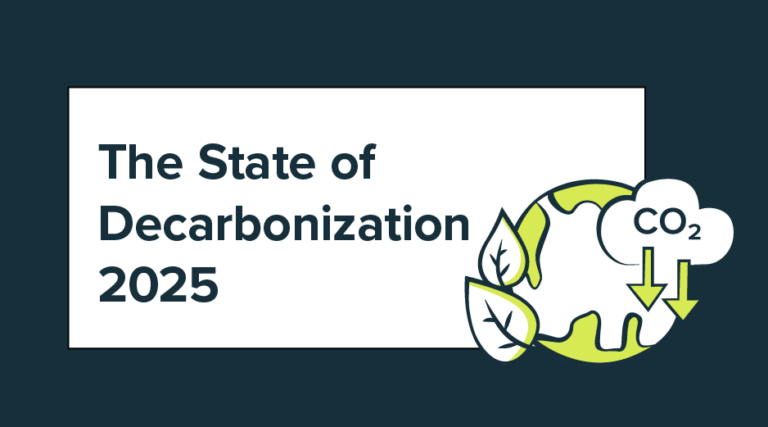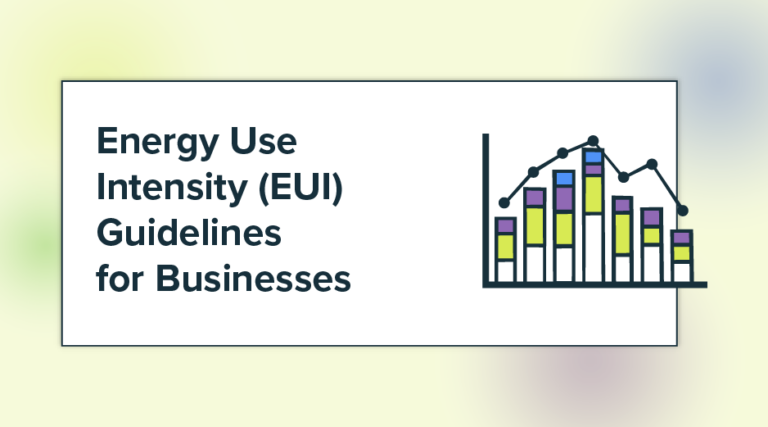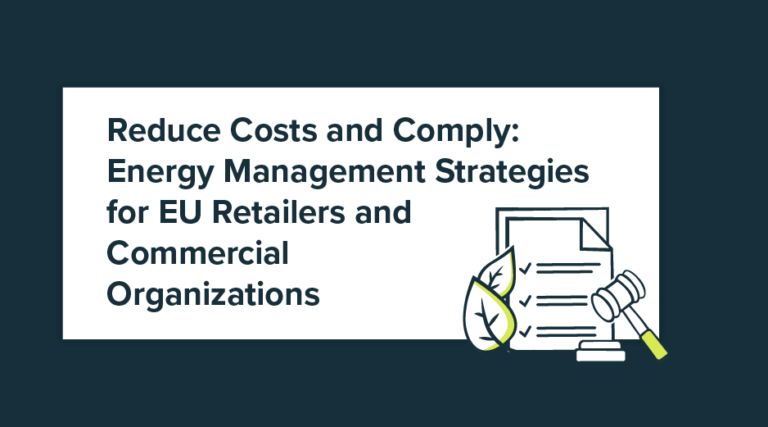Creating a Culture of Conservation
In a recent EnergyCAP-hosted webinar, Casey Keyser, Senior Energy Manager, described how Oklahoma State University’s “culture of conservation” has produced energy savings in excess of $38 million over a 13-year period.
Casey shared that OSU’s energy management team is guided by a concise mission statement: “To promote university-wide stewardship of resources by reducing energy consumption while maintaining a productive educational environment.”
The university set about to achieve their mission via a two-pronged process:
|
Energy Convervation
- Meet with faculty and staff
- Define behavior expectations
- Perform energy audits
- Report findings to building personnel
|
Energy Management
- Examine building operations
- Understand occupancy patterns
- Identify ways to manage equipment more efficiently
- Match HVAC run-times with class & event schedules
- Analyze utility data in EnergyCAP
|
{{cta(‘d252e2f7-c105-4241-bd7c-da4bc3ed5bdb’,’justifycenter’)}}
The successful approach allowed OSU to avoid utility budget increases for a four-year period, despite adding 566,000 sq ft of building space. Efforts have expanded over the past decade to include equipment retrofits, the construction of a wind farm, internal conservation awards programs, and more. Through it all, the energy management program’s driving force continues to be the university-wide attitude that “every person is expected to be an ‘energy saver.’”
EnergyCAP has been at the foundation of the university’s energy conservation program from the beginning. Prior to EnergyCAP’s implementation, meter readings were recorded manually in books, and energy use and billing data were documented in Excel and a proprietary DOS-based application. With two energy managers tasked with hand-keying data, utility usage wasn’t available for review until 6–8 weeks after bills were received. The process is much more streamlined now, with meter readings recorded electronically in the field and uploaded, along with billing data, into EnergyCAP for immediate auditing and analysis. Having access to the data within EnergyCAP has enabled campus energy managers to budget more effectively and quickly identify the buildings that offer the largest potential for energy savings.
We greatly appreciate Casey’s time and willingness to share the university’s energy management successes via the webinar. I invite you to watch the webinar in its entirety at https://www.energycap.com/resources/webinars to learn more about EnergyCAP’s role in Oklahoma State University’s “culture of conservation.”
 Best-in-class portfolio-level energy and utility bill data management and reporting.
Best-in-class portfolio-level energy and utility bill data management and reporting.
 Real-time energy and sustainability analytics for high-performance, net-zero buildings.
Real-time energy and sustainability analytics for high-performance, net-zero buildings.
 A holistic view of financial-grade scope 1, 2, and 3 carbon emissions data across your entire business.
A holistic view of financial-grade scope 1, 2, and 3 carbon emissions data across your entire business.
 Energy and sustainability benchmarking compliance software designed for utilities.
Energy and sustainability benchmarking compliance software designed for utilities.


